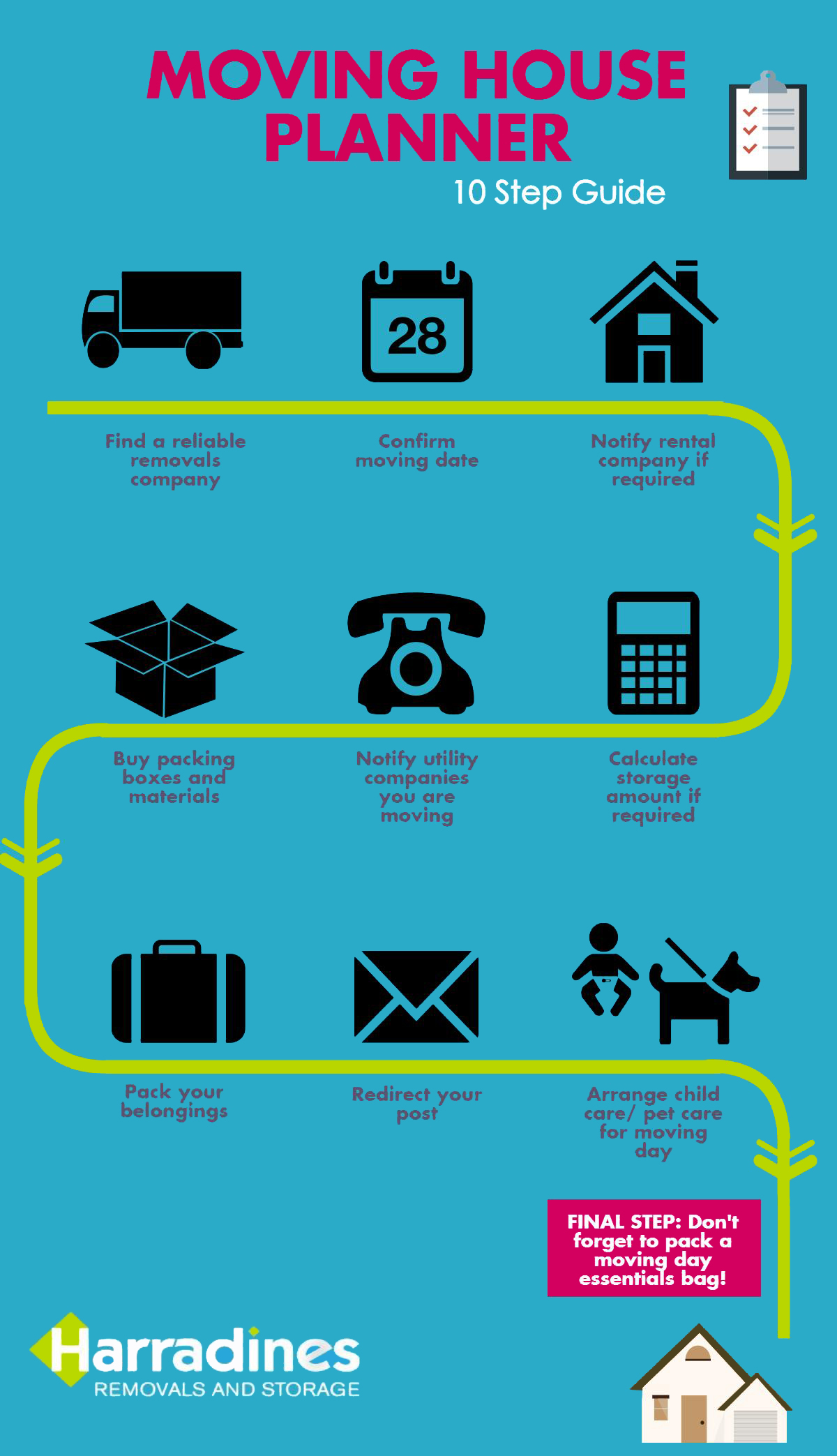Table Of Content

If the PSI is too high, the water can bust your pipes, while a low PSI can lead to corrosion and increase buildup. Unlike narrow well water pipes that aren’t always beneficial when deposit buildups occur, small-diameter pipes for overhead tanks actually increase water pressure. Attach the output to the water pressure tank and the tank’s output to the house pipes to create a closed loop. A pressure booster is a powerful electric pump that cuts into the water line and turbo charges the water pressure to reach the correct PSI. If your pressure issue stems from a problem with the valve, you have several options. In the case of a damaged pressure-reducing valve, replacements are easy, and a professional can help if you’re unsure how to proceed.
How to Adjust Your Water Pressure Regulator
If the gauge is showing a water pressure below 40 PSI, you’ve got low water pressure. If you don’t have a pressure gauge, you can also measure pressure by timing how long it takes to fill half a gallon using a bucket or even an empty milk jug or paint can. But if you have a waterfall shower head fixed to the wall – don't worry, as Crombie has this covered – quite literally.
Leaking Pipes
The gauge should read between 40 and 60 psi when you open the bib’s valve. If water pressure is low in only one area of the home, it could be an issue of volume. For instance, if the affected bathroom falls at the far end of the supply branch, someone turning on the water in another area of the home could “starve” the pipes for water. In these cases, it’s often a good idea to install pressure-sensitive booster pumps that can supplement the system. Another common issue many homeowners face is temperature-specific low pressure, where only the hot or cold water supply is affected. This might be happening at only one faucet or shower, or throughout all of the fixtures in the home.
Start Using the Water Pressure Booster
There are a lot of reasons why the water pressure in your entire house could be low, and some are totally out of your control. There is never a good time to discover that there’s a problem with your water pressure. Modernizing your home in this way means draining your plumbing system, accessing the pipes behind your walls, cutting them out, and replacing them. We strongly recommend not taking this project on yourself, as it is very involved and time-consuming, and the risk of leaking from a DIY replacement is high. After reviewing this information about how to fix water pressure, you may still have a few questions.
If you have a pressure-reducing valve or notice that your water main isn’t entirely open, you can follow the steps below to solve the problem quickly. Normal water pressure is generally between 40 and 60 PSI but most homeowners prefer to have it set somewhere in the middle around 50 PSI. Once you measure your home's water pressure, you can adjust it to a setting that is ideal for all family members and household uses. There are few things worse than taking a steamy shower, only to be interrupted by a sudden stream of cold, trickling water when a toilet flushes. From slow dishwashing cycles to showers that feel more like a sprinkle, low water pressure can disrupt the way your home functions. Faucet aerators are the tiny attachments with fine nozzles at the tip of the faucet spout.
Partially Closed Shut Off Valve

The valve should be completely open to allow water to flow through easily, so even if it is just slightly closed, then this can restrict its flow,' instructs Southern. This is a basic overview of how to install a water pressure booster. For more specific instructions, refer to the manual included with your water pressure booster. However, this step-by-step guide is a good way to determine if this project is within your comfort zone. If the oomph has gone out of your plumbing, there are several things you can try before calling in a pro.
Project step-by-step (
How to increase water pressure at home - The Washington Post - The Washington Post
How to increase water pressure at home - The Washington Post.
Posted: Mon, 25 Apr 2022 07:00:00 GMT [source]
An alumna of the University of Pennsylvania, Roxanne is now an Oklahoma homeowner, DIY enthusiast, and the proud parent of a playful pug. Dan Simms worked in real estate management for five years before using his experience to help property owners maintain their own homes. He got his master’s degree in English Literature and Creative Writing, and he now enjoys sharing his knowledge about homeownership and DIY projects with others on Today’s Homeowner. When he’s not writing, he’s usually outdoors with his wife and his dog, enjoying mountain biking, skiing, and hiking.
Best Water Pressure Gauge W/Regulator
Increasing water pressure is sometimes a trial-and-error process. The water may slam into the closed valve, producing a loud hammering noise. This phenomenon is called water hammer and occurs at appliances and right-angle bends in the plumbing. Aside from fine tuning the home’s water pressure, you may need to install a water hammer arrestor, essentially a shock absorber for a plumbing system. If you’re handy and have basic plumbing skills, you can install one of these.
Check your well pump.
Sometimes an angle stop (one of those shutoffs below the sink) may be partly closed. Fixture aerators (the little screens inside the faucets) can become restricted. The main water shutoff to the house could be partially closed, or the supply connector hoses could be kinked or restricted. To raise pressure, loosen the bolt’s locking nut, then turn the bolt clockwise. Use the pressure gauge to determine when you reach a water pressure around 50 PSI. While high water pressure can seem like a good thing, if the water pressure is too high it can damage the faucets, showerheads, appliances, and water lines.
The toilet fill valve is connected to the water supply line and fills the toilet tank after each flush. If the water pressure is too high, that is the part that would fail. While rare, in some circumstances the water line running into the home is shared with one or more neighboring homes. So, if the neighbor takes a shower, washes their car, or puts a load of dishes on, then this will affect the water pressure in your home and any other connected homes. This does not mean you are paying for their water usage, but it does mean the water supply is divided between multiple households.
If you experience low water pressure in one appliance like a toilet or faucet but not any others, a leak may be out of the question, and a clogged pipe may be the culprit. It pays to be proactive about issues related to water pressure and you’ll save money in the long run and prevent damages. After all, there may be issues with the city’s municipal water system that even a plumber can’t control. If you're sitting here searching for how to increase water pressure in the shower and more generally around the home – we feel for you. After all, a dribbly shower can ruin the start of your day, and if you just want to indulge in a bit of self-care – low flow is a no-no.













